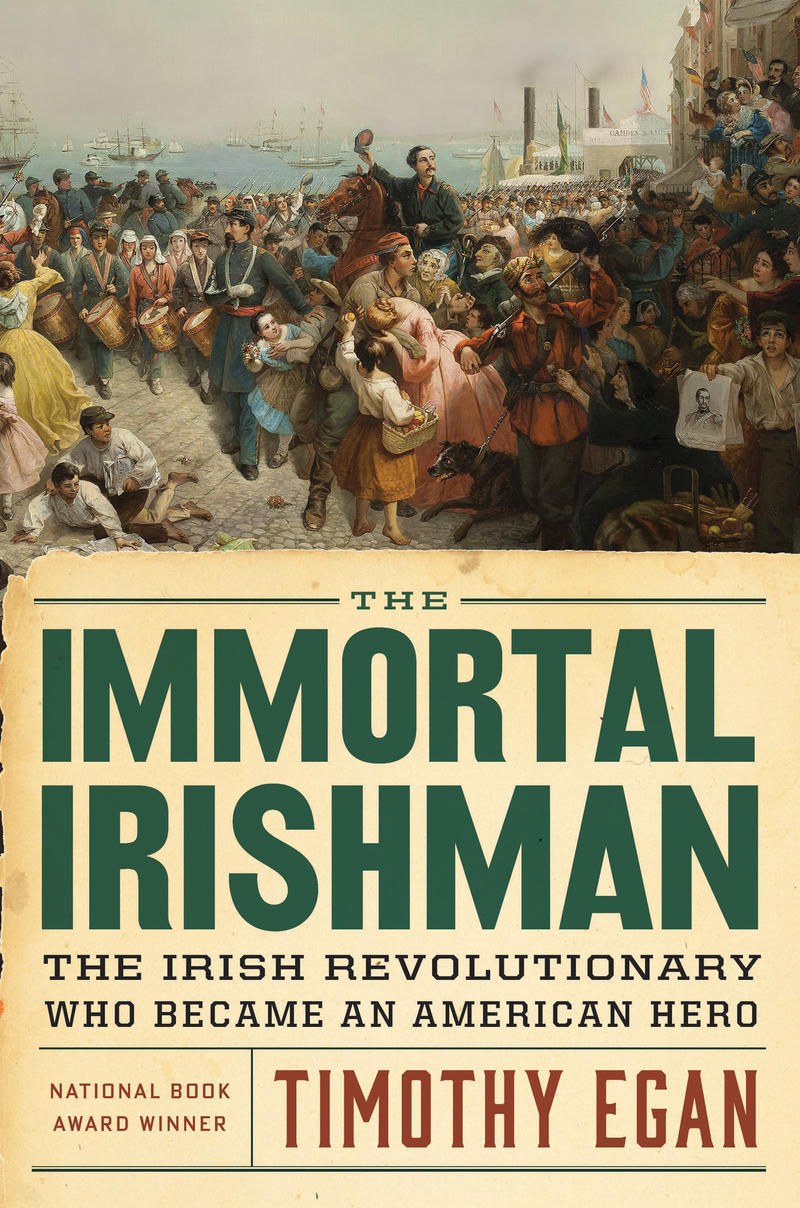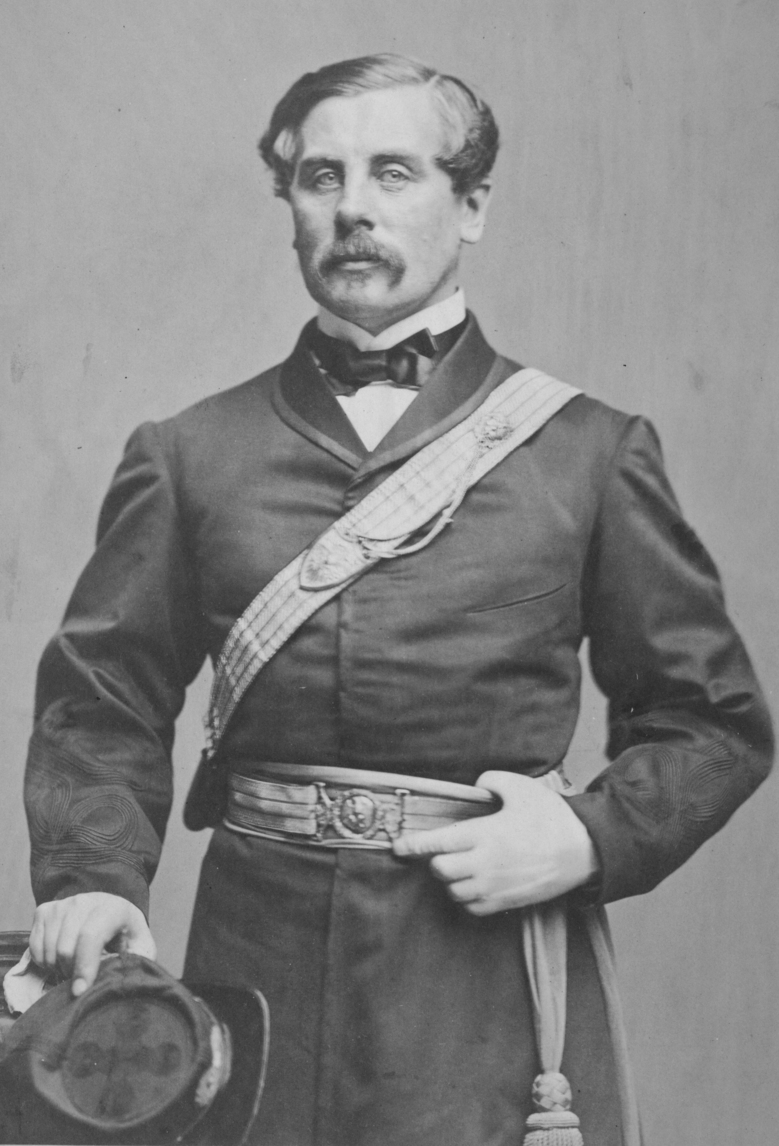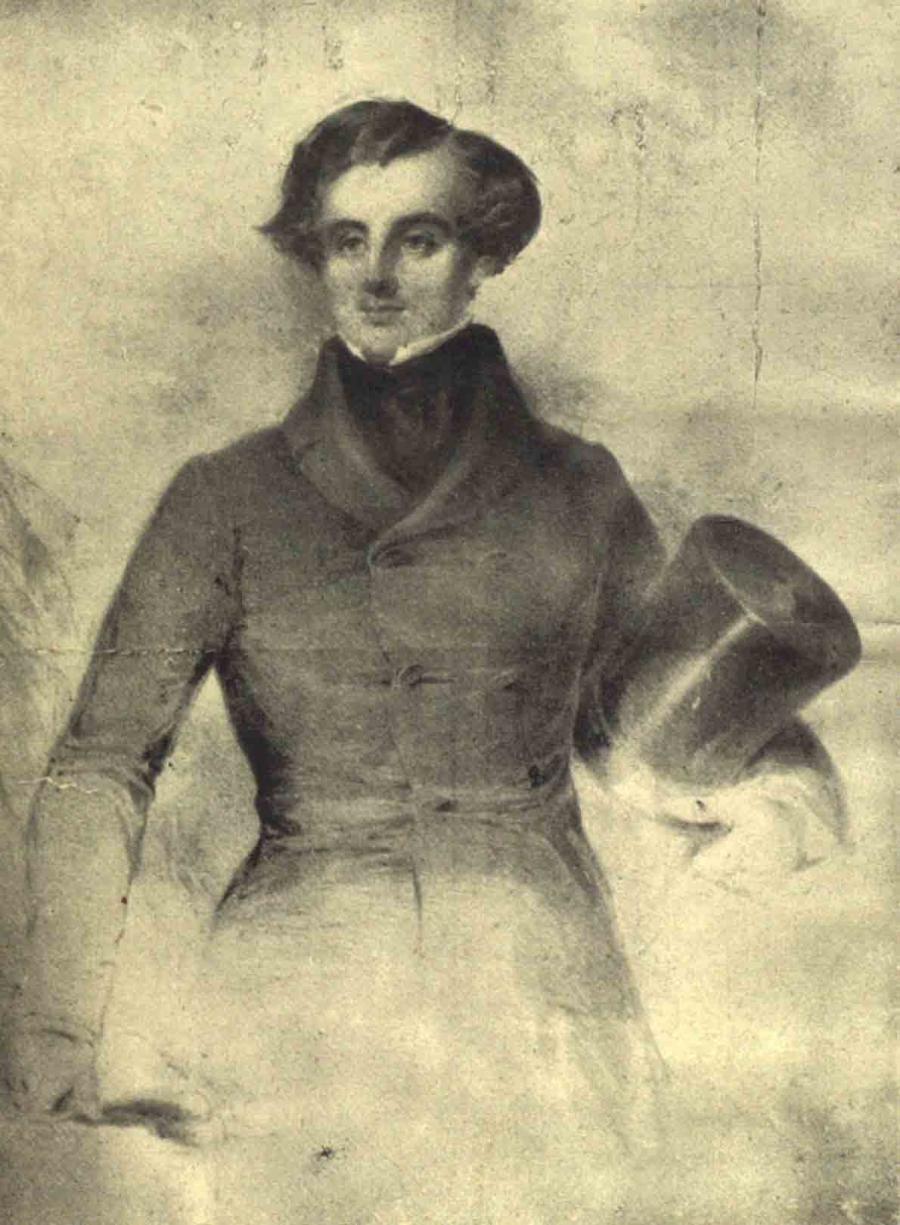
Required Reading: Timothy Egan
October 13, 2016
By Alison Stagner, SAL Events Coordinator and Sonder Editor
As part of our Required Reading series, we share a list of three essential works from SAL’s featured writers. Up this time: Seattle-based New York Times columnist and nonfiction author, Timothy Egan.
“But is he going to talk about politics?”
It must be the unprecedented vitriol of our election season, but I’ve been asked this question several times over the SAL box office line, concerning Timothy Egan’s lecture later this month. These Egan fans are looking for a quick “yes” or “no,” and phone courtesy demands a prompt response, but I’m always stumped as to how to answer this question in three seconds or less. Because, to give a full response as to whether Egan will be focusing on America’s current political transformation or on his latest historical wonder, The Immortal Irishman (2016), I would have to start talking about potatoes—particularly, Irish potatoes.
Nobody knows how potatoes crossed the Atlantic from the Peruvian Andes to Irish shores in the 1500s. As Egan tells us in his new book, it’s possible they washed up in the wreck of the Spanish Armada (thanks, Queen Elizabeth!). What’s more certain: an easy-to-grow source of Vitamin C, potassium, and carbohydrates, potatoes quickly became the fuselage of Irish food, the central means of existence in Europe’s most impoverished country. And what’s also certain is that when a mysterious fungus swept across Irish fields, leaving “black-topped and broken” spoilages of earth everywhere, open rebellion was bound to happen.

In 1845, an English delegation of agricultural experts toured the fields of Ireland and announced, “We can come to no other conclusion than that one half of the actual potato crop of Ireland is either destroyed or . . . unfit for the food of man.” Now, there’s a popular misconception that Irish farmers had a monoculture, relying too much on one kind of crop. Immortal Irishman disputes this idea: Egan describes how three-quarters of the land were actually devoted to the production of beef, wheat, oats, barley, and corn.
The real trouble here was that Ireland was a nation of tenant farmers. Most of its land was owned by Anglo landlords, most of its food exported as money crops. The Dark Ages scale of famine that resulted pushed Thomas Francis Meagher, immortal Irishman in question, into a backyard revolt against the British Empire.

General Thomas Francis Meagher, in 1863.
Thomas Meagher (pronounced Mar) was a busier person than you or I. Twenty-two when the Great Hunger first broke out, this improbable orator climbed the ranks at Stonyhurst College in England, where he was frequently flogged and once denied a plum role in King Lear because of his “horrible brogue.” Fueled by rhetoric courses and his circle of revolutionary poets, Meagher led a failed rebellion against British rule, then was banished to a prison colony in Tasmania for his sedition.
He escaped by fleeing into the Western Tiers Mountains and shaving off his mustache, then made his way to New York, where he formed the Irish Brigade of the American Civil War. He led three gruesome battles at Bull Run, Antietam, and Fredericksburg. He was shot twice from his horse while leading charges. Left for dead in Virginia, he survived (of course), moved into a little log cabin with a disowned New York heiress, and eventually became the territorial governor of Montana. As I said, busy.

The early days: Thomas Francis Meagher, sans mustache, in 1846.
Romantically told, with the colorful flair of Egan’s Irish-American storytelling, The Immortal Irishman is a quest for a true home. But to return to the phone calls at the SAL office, it’s also about a hinge moment in American history—Jefferson, Paine, Franklin, Adams—the ending of slavery—monarchies shucked off in Europe—mass immigration of the Irish—concern for religious and secular liberties—in Egan’s words, “Democracy turned ugly and violent.” It doesn’t take too much detective work to start drawing parallels to our anxieties in 2016.
The short answer to the opening question is, yes, Timothy Egan will most definitely be talking politics on October 26, all across the board. But if you still can’t envision how The Immortal Irishman and Egan’s New York Times opinion column on Opinionator overlap, or just plain can’t wait until his lecture for more political commentary, check out the three articles below:
1) “How Race is Lived in America.” Egan was on the team for this Pulitzer Prize-winning series of New York Times articles, which asserts that race relations are defined more by daily experiences than by political action. In his chapter, “When to Campaign With Color,” he explores the question: How much attention should be drawn to a candidate’s race?
2) “The Immigrants Turned Away.” Egan’s column has recently been outputting Trump-zinger after Trump-zinger. Here is Egan’s reaction to Trump’s policy of “extreme vetting,” which includes research about American immigration that undoubtedly informed The Immortal Irishman.
3) “The Eight-Second Attention Span.” The embarrassing irony of this recommendation is that this Sonder post ends in a listicle. In this opinion piece, Egan lambasts listicles and other aspects of our “screen scrolly” culture of concentration. If you scrolled to the end of this page to get to the reading recommendations, this one’s for you.
As part of Seattle Arts & Lectures’ 2016/17 Literary Arts Series, Timothy Egan will be lecturing on Wednesday, October 26, at 7:30. The Q&A session that follows will be moderated by David Domke, professor and chair of the University of Washington’s Department of Communication. Find out more and buy tickets here.